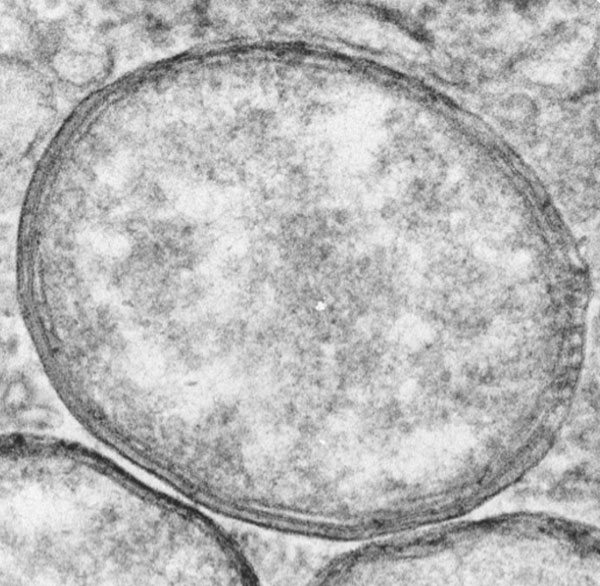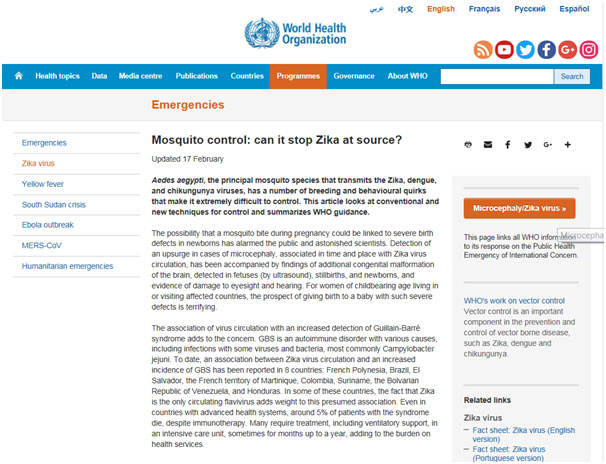
A Wolbachia bacterium inside an insect cell Wolbachia are naturally occurring bacteria found in about half of all insect species, and other invertebrates such as spiders and nematodes. Wolbachia can only live inside host cells, but not in the environment. Wolbachia can only be naturally transmitted to the offspring by the Wolbachia infected mothers and cannot be horizontally transmitted between insects. Many mosquitoes, including some of the major disease-transmitting species,...
Read More

There are two Wolbachia-based control strategies available: Suppression- This involves releasing very large number of male mosquitoes carrying Wolbachia. When these males mate with the wild females, eggs laid by female mosquitoes cannot hatch. This sterilising effect is known as Cytoplasmic Incompatibility (CI). Sustained release of Wolbachia infected male mosquitoes over a period of time will eventually reduce the natural Aedes population and hence stop disease...
Read More

Samuel Wolbach (1880–1954; picture above) was a Harvard-trained pathologist who had an established reputation as an authority in the area of arthropod-borne infections. Collaborative studies of Wolbach and Marshall Hertig, an entomologist led to the discovery of Wolbachia in 1924. Both Hertig and Wolbach would probably be very pleasantly surprised to learn that the unknown rickettsia-like organism, which they first isolated from the common brown...
Read More




